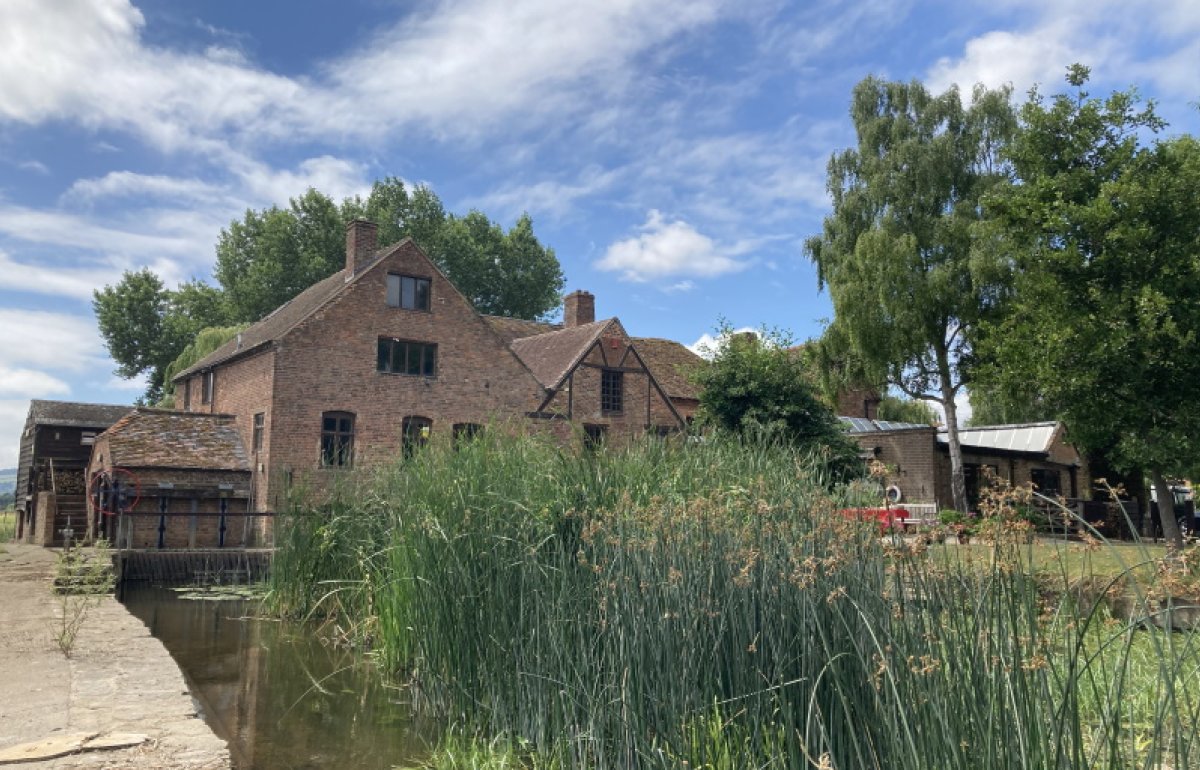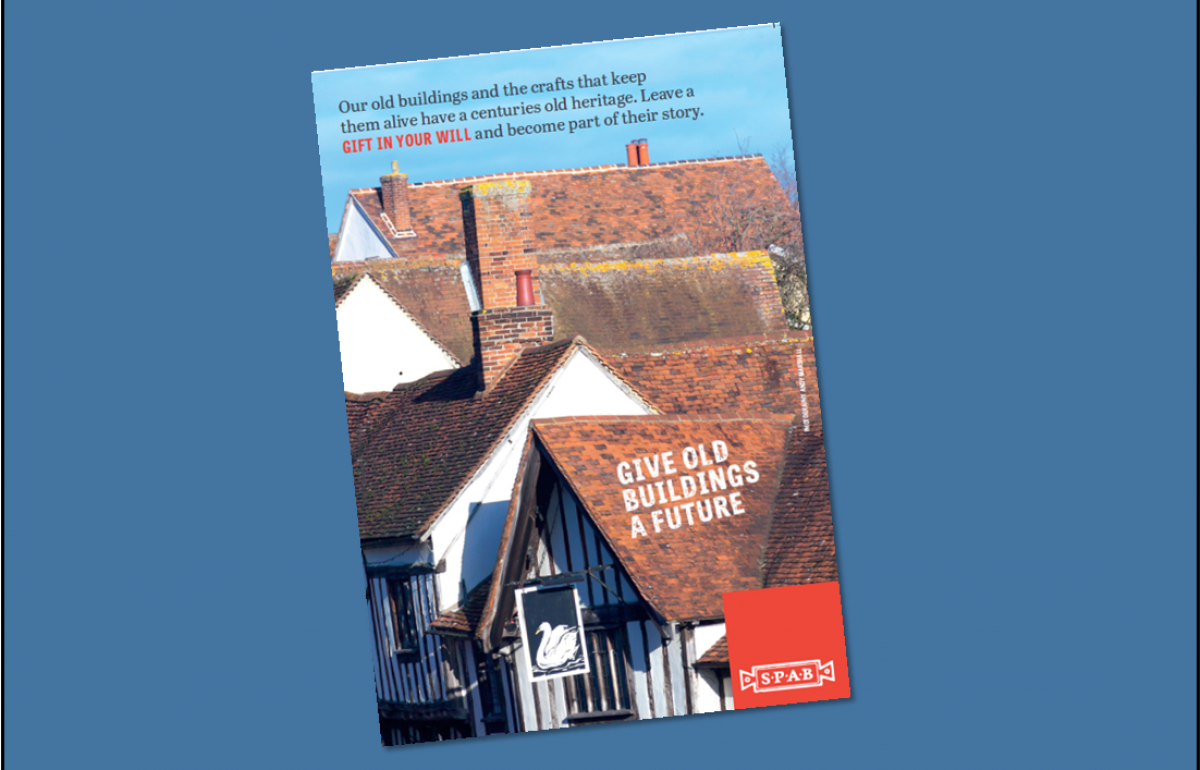John Sell: legacy pledge
Share on:
John Sell joined the SPAB in 1974. He has been a Trustee for many years and served as the Chairman for a number of terms during the 1990s. John explains why he is leaving a legacy to the SPAB.
‘Like most young architects one of my first projects when I set up in practice on my own was for work to an old building – in fact a listed building. I very quickly saw that nothing in my training at the Architectural Association had equipped me to deal with this. Looking back I am surprised to realise that I did something rather sensible and asked for help. Somehow, and I have no idea how, I fortuitously stumbled on the SPAB at the right moment to get myself a place on the one week course for professionals. I found an organisation that gave me a clear idea of how to set about looking after an old building and one I found myself in great sympathy with. William Morris had for a long time been a hero of mine politically, I knew his wallpapers and fabrics, found his poetry rather archaic but now I began to see how his politics and his art, his love of old buildings and his concern for craftsmanship formed the whole man. I was intrigued to see how he had brought together people of different types, different political opinions with the common objective of caring for old buildings.
Around the same time I became involved with the conservation area in Primrose Hill, where I was living at the time, and ended up writing some guidelines for SPAB on conservation advisory committees. It must have been around this time that David Pearce, then Secretary of the SPAB, ‘headhunted’ Gillian Darley and me to join the main committee. I suspect he thought that some younger members might be a good idea – I do know that he thought I looked like the office junior. How I made the jump from ‘office junior’ to Chairman in 16 years I don’t recall. The Duke of Grafton’s decision to retire as Chairman after 25 years obviously gave the opportunity. Why me? Perhaps a feeling in the committee that the SPAB needed the leadership of a younger generation. Whatever the reason it was a delightful challenge and wonderful opportunity to be chairing an organisation started by my hero.
One of the delights of repairing old buildings is working with others with similar values. When working at Cobham Hall in Kent the stone-mason was an SPAB member, the bricklayer was an SPAB member, the structural engineer was an SPAB member and what made working on this wonderful 17th and 18th century building even more special was sharing our enthusiasm with the staff and pupils of the school housed there.
My first involvement with heritage outside the UK was in Bosnia just as the war there was ending. That mission to train four young architects was a time of high emotion. Those four young people, traumatised by war, were desperately trying to find a way to help rebuild their country. Sitting in front of a log fire in Travnik, listening to Sevdalinka songs, tears began to stream down the face of one of the young architects. Sobbing – why? I don’t know. Remembering what? I never dared to ask but I too cried myself to sleep that night. Why is it assumed that loyalty is determined by which side of a line from a map one is born? Real loyalty comes from stored values. The war in former Yugoslavia showed how much heritage matters to people, the extent to which the destruction of heritage is a pre-cursor to attempts to re-write history, that heritage, although it can be misused and maltreated, has, in the words of the World Heritage Convention, universal value. The war in former Yugoslavia was my introduction to Europa Nostra, the European Federation of non-governmental heritage organisations. My wife, Jane Wade, and I wrote a letter to The Times exasperated by the lack of international action when the roofs of Dubrovnik were being shelled by the Yugoslav navy. We were invited to the Europa Nostra conference being held in Vienna that year and so began a long and fascinating involvement with Europe’s heritage.
It is a truism to say that heritage tells us who we are but it also tells us of human endeavour, human skill, human emotion, human ideas. Ideas may change but endeavour, skill and emotion are always present. Bringing together those who understand this both nationally through the SPAB or internationally seems to me to be a way of ensuring that shared values are passed from one generation to the next. William Morris left us the SPAB as his legacy. We can protect that legacy by leaving a bequest to the SPAB. Legacies to charity are cost effective because they can reduce the overall value of your estate liable for inheritance tax. There are even greater tax advantages if you leave more than 10% of your estate to charity. And why the SPAB? The SPAB is about buildings not people but people made the buildings we care for, people love them, people look after them now and hope to pass them onto those who come after. The SPAB trains, educates, campaigns, gives advice and it does that in a way that inspires love and passion.
Sign up for our email newsletter
Get involved



